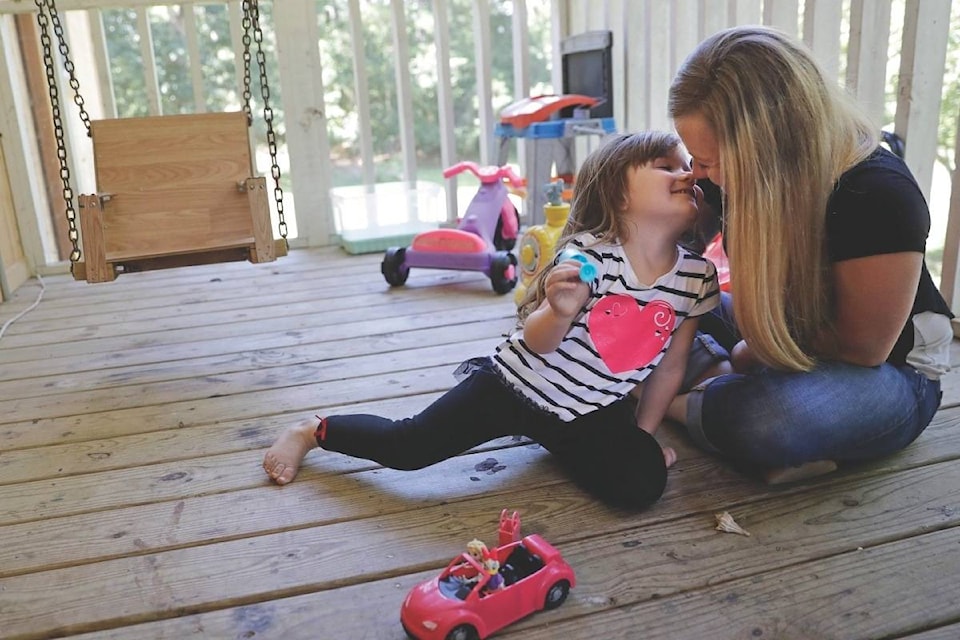NEW YORK — The number of children in the U.S. foster care system has increased for the fourth year in a row, with substance abuse by parents a major factor, according to new federal data released on Thursday.
The annual report from the Department of Health and Human Services counted 437,500 children in foster care as of Sept. 30, 2016, up from about 427,400 a year earlier.
The peak was 524,000 children in foster care in 2002. The number dropped steadily to about 397,000 in 2012 before rising again as the opioid epidemic and other forms of drug abuse began to worsen across the U.S.
Health and Human Services said substance abuse was a factor in 34 per cent of the 2016 cases in which a child was removed from home, up from 32 per cent a year earlier. About 92,000 children were removed from home because at least one parent had a drug abuse issue.
Among the states with the biggest one-year increases in their foster care population were Indiana, Georgia and West Virginia, each grappling with extensive substance abuse problems. Indiana reported serving 29,315 children in its foster care system in fiscal 2016, up from 24,935 in 2015.
“The continued trend of parental substance abuse is very concerning, especially when it means children must enter foster care as a result,” said Steven Wagner, Health and Human Services’ acting assistant secretary for children and families.
Wagner oversees the Administration for Children and Families, which recently awarded 18 grants totalling more than $12.5 million to help support children and families affected by a parent’s or a caregiver’s substance abuse.
Richard Wexler, executive director of the National Coalition for Child Protection Reform, which seeks to reduce the number of children unnecessarily placed in foster care, contends that some states are highlighting the drug abuse epidemic as a way of deflecting attention from shortcomings in their child welfare systems.
“Where opioid abuse really is a problem, make high-quality drug treatment, not foster care, the first-choice response,” Wexler wrote in a recent blog post. “Take another look at all those other cases that don’t involve drug addiction — such as the ones in which poverty is confused with ‘neglect’ and stop taking away children in those cases.”
The new federal report did not address the issue of states’ ability to handle increasing numbers of foster children. The Chronicle of Social Change, a non-profit publication, recently reported that in at least half of the states, child welfare agencies have not added enough beds in licensed foster homes to keep up with demand.
Of the children in foster care a year ago, about 109,000 were available for adoption.
During fiscal 2016, about 57,000 children were adopted from foster care, up from 54,000 in 2015. About 20,500 youths in their late teens aged out of the system without being placed with permanent families.
